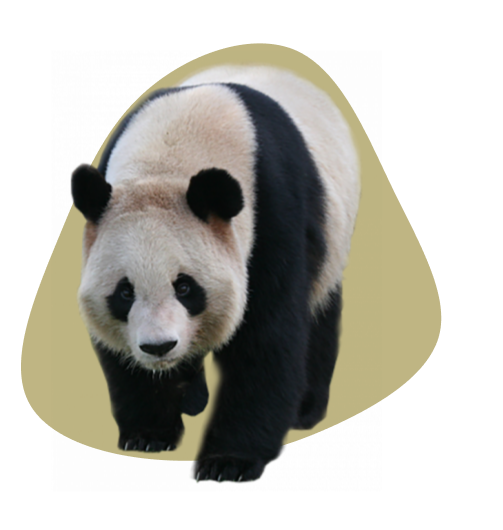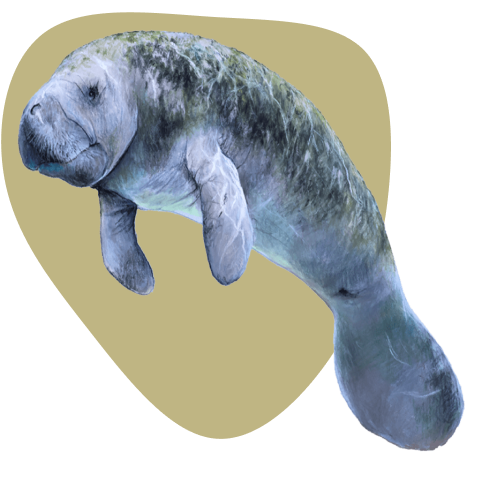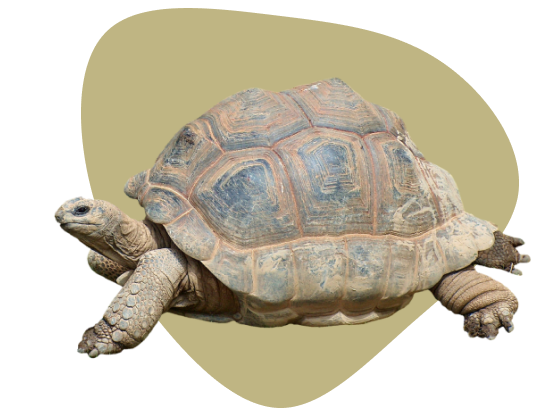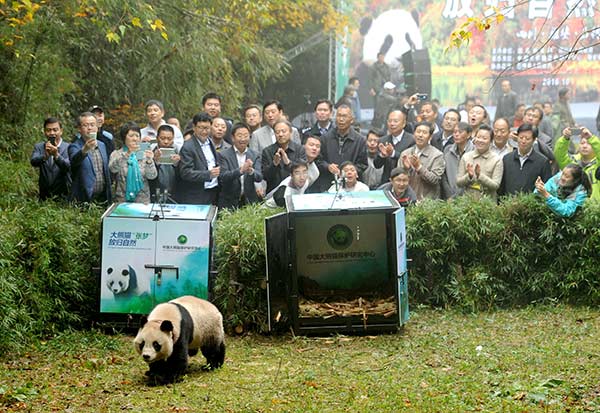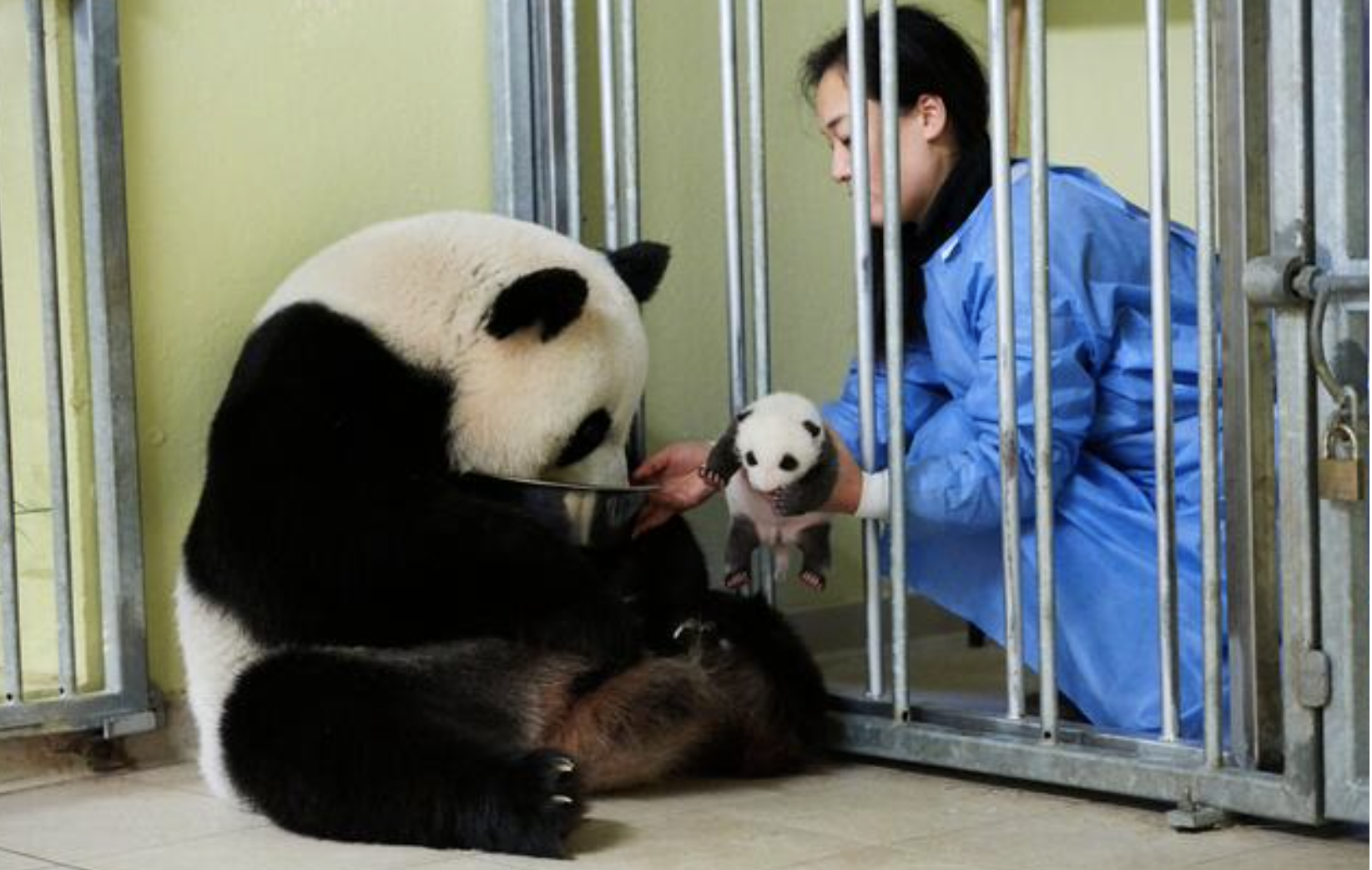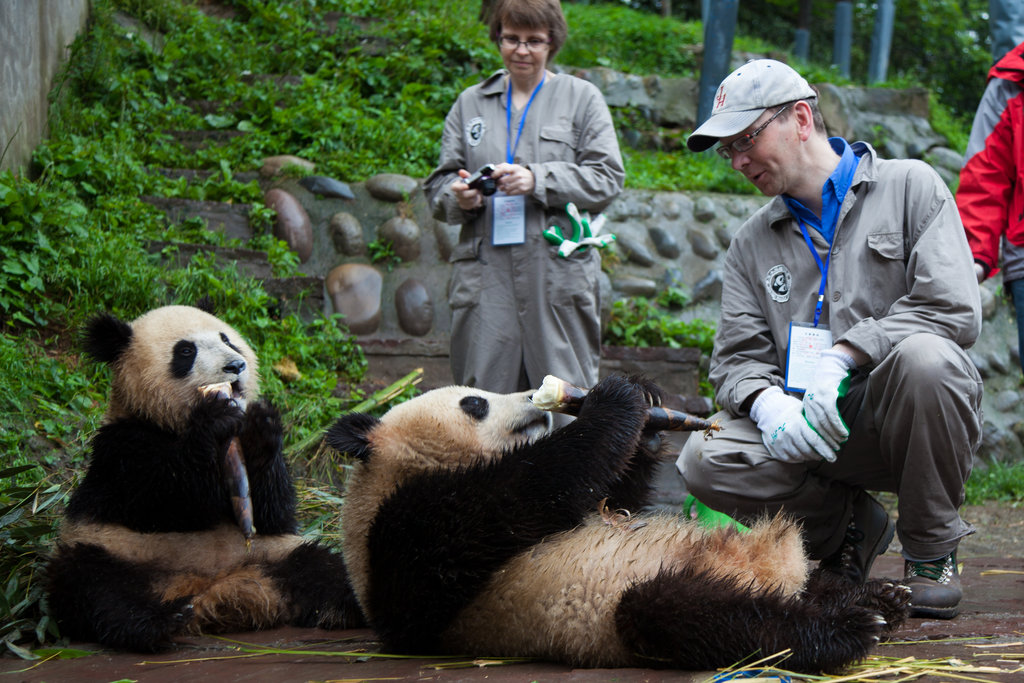Join us to make change. Speak up for species and places through WWF’s Action Center

Giant Panda
Scientific Name: Ailuropoda melanoleuca
Other Names: White bear, Bamboo Bear, Large Bear Cat, Boars (male pandas)
Habitat: Temperate broadleaf and mixed forests of Southwest China
Status: Vulnerable
Population: 1864 in the wild

Diet
Giant pandas spend 10-16 hours a day feeding, mainly on bamboo.
Pandas are 99% vegetarian, although
their digestive system is typical of a carnivore. Because of this large diet, pandas poo alot!

Height and Weight
Height: adults can grow more than 1.2m.
Weight: Females can grow to 100kg, while Males can grow to 150kg.
A newborn panda is about 1/900th the size of its mother, weighing around 85-140 grams.

Habitat
Their black and white fur helps them camouflage in their environment.
White: blend into snowy backgrounds.
Black: blend into shade and forest.
They are excellent climbers despite their bulk.




Giant Panda
Scientific Name: Ailuropoda melanoleuca
Other Names: White bear, Bamboo Bear, Large Bear Cat, Boars (male pandas)
Habitat: Temperate broadleaf and mixed forests of Southwest China
Status: Vulnerable
Population: 1864 in the wild
Diet
Giant pandas spend 10-16 hours a day feeding, mainly on bamboo.
Pandas are 99% vegetarian, although
their digestive system is typical of a carnivore. Because of this large diet, pandas poo alot!
Height and Weight
Height: adults can grow more than 1.2m.
Weight: Females can grow to 100kg, while Males can grow to 150kg.
A newborn panda is about 1/900th the size of its mother, weighing around 85-140 grams.
Habitat
Their black and white fur helps them camouflage in their environment.
White: blend into snowy backgrounds.
Black: blend into shade and forest.
They are excellent climbers despite their bulk.


